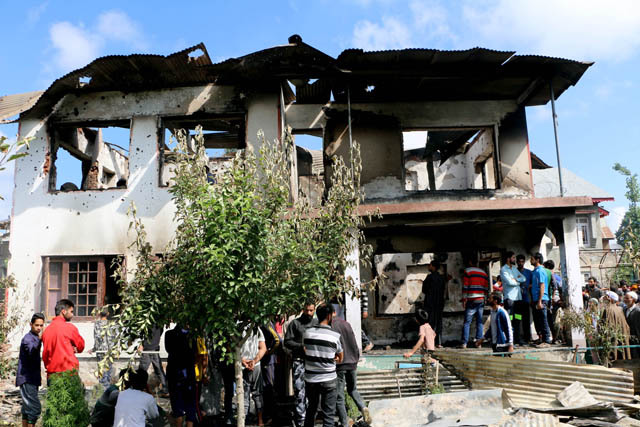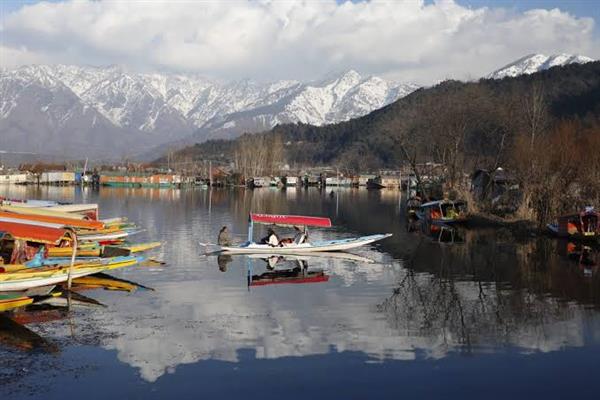At least 18 civilians have so far been killed at gunfight sites by government forces in Kashmir in the past 15 months, official records have revealed.
Of 14 civilians killed in the first three months of 2017, eight have died due to firing by J&K police, Central Reserve Police Force and Army near the gunfight sites, the official records accessed by Kashmir Post have revealed.
The firing on protesters has almost become a new phenomenon in the Valley where government forces fire upon civilian protesters who storm the gunfight sites in bid to help the hiding militants escape the cordon. Many times they have been successful.
On the past Friday, Ahsan Mushtaq (15) and Muhammad Ashraf Khar (34) were killed after police, paramilitary forces and Army opened fire at an encounter site in Arwani village of Anantnag district in south Kashmir.
The official records maintain that the number of civilians killed at encounter sites has reached 18 with the death three more civilians in the past less than a week in Kulgam and Pulwama districts.
“Most of the killings have taken place in south Kashmir,” the records reveal.
The first incident in which civilians fell to bullets of police and army at an encounter site took place at Lilhar village in south Kashmir’s Pulwama district on February 15 last year. On that day, two students, including a girl, were killed and 10 civilians injured when the forces opened fire and resorted to teargas shelling to disperse the protesters who had hit the streets after the death of a militant in a gunfight there.
According to officials, a cursory assessment of the situations emerging at encounter sites in the past 15 months reflects that the Standard Operating Procedures (SOPs) provided by the Bureau of Police Research and Development have no adherence on ground at all, thus taking a heavy toll on civilians in Kashmir, particularly in southern areas of the Valley. The BPR&D has laid down 20 instructions to be followed by security agencies operating in Kashmir on levels of use of force for dispersing crowds.
The medical records of civilians killed at encounter sites suggest that they were fired in chest and head.
The SOP states that whenever firing is resorted to, direction and warnings to protesters should be announced through loudspeakers while police vehicles should be equipped with loudspeakers. And, it further states, that where such arrangement cannot be made, hand megaphones should be kept ready for the announcement.
Police must use “minimum civil force” to disperse the protestors by resorting to lathicharge, water cannons, tear smoke shells and ‘non-lethal’ weapons, the SOP guidelines state.
They also state that the police should not open fire except by orders of the Magistrate and in case of his non-availability, the in-charge officer should exercise extreme caution and discretion regarding the extent and the line of fire, “and effort has to be to direct it below knees of the target.”






